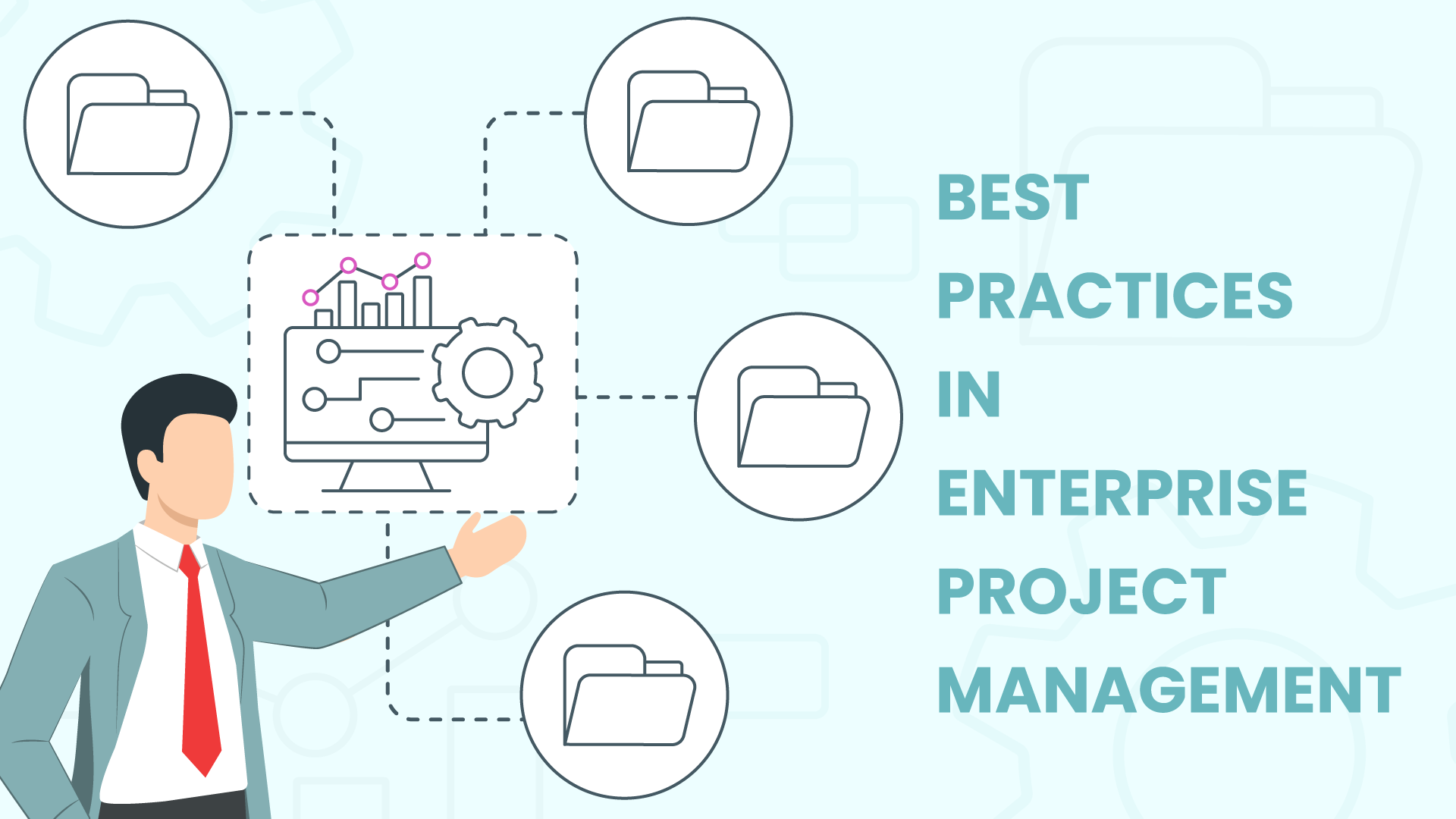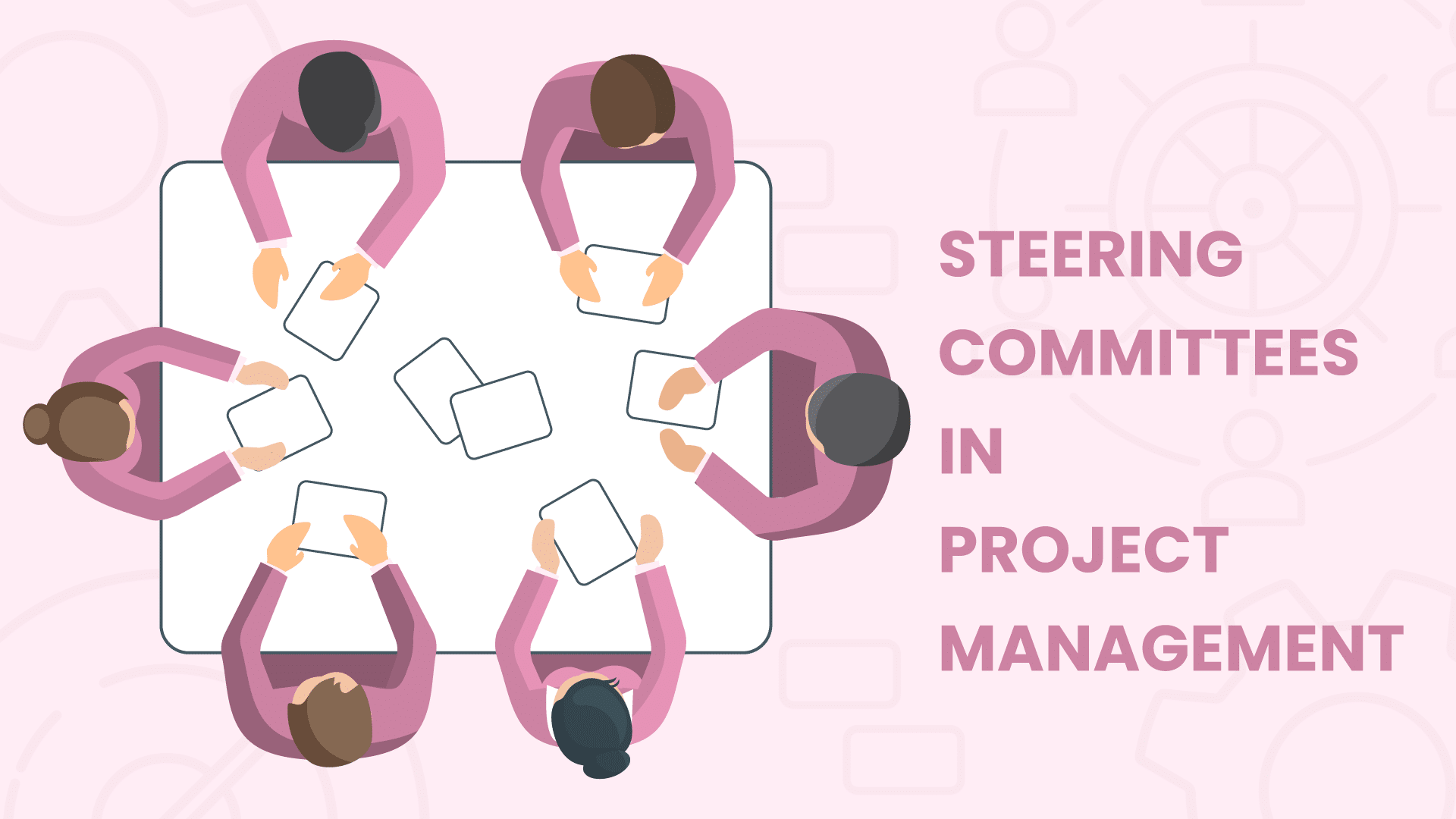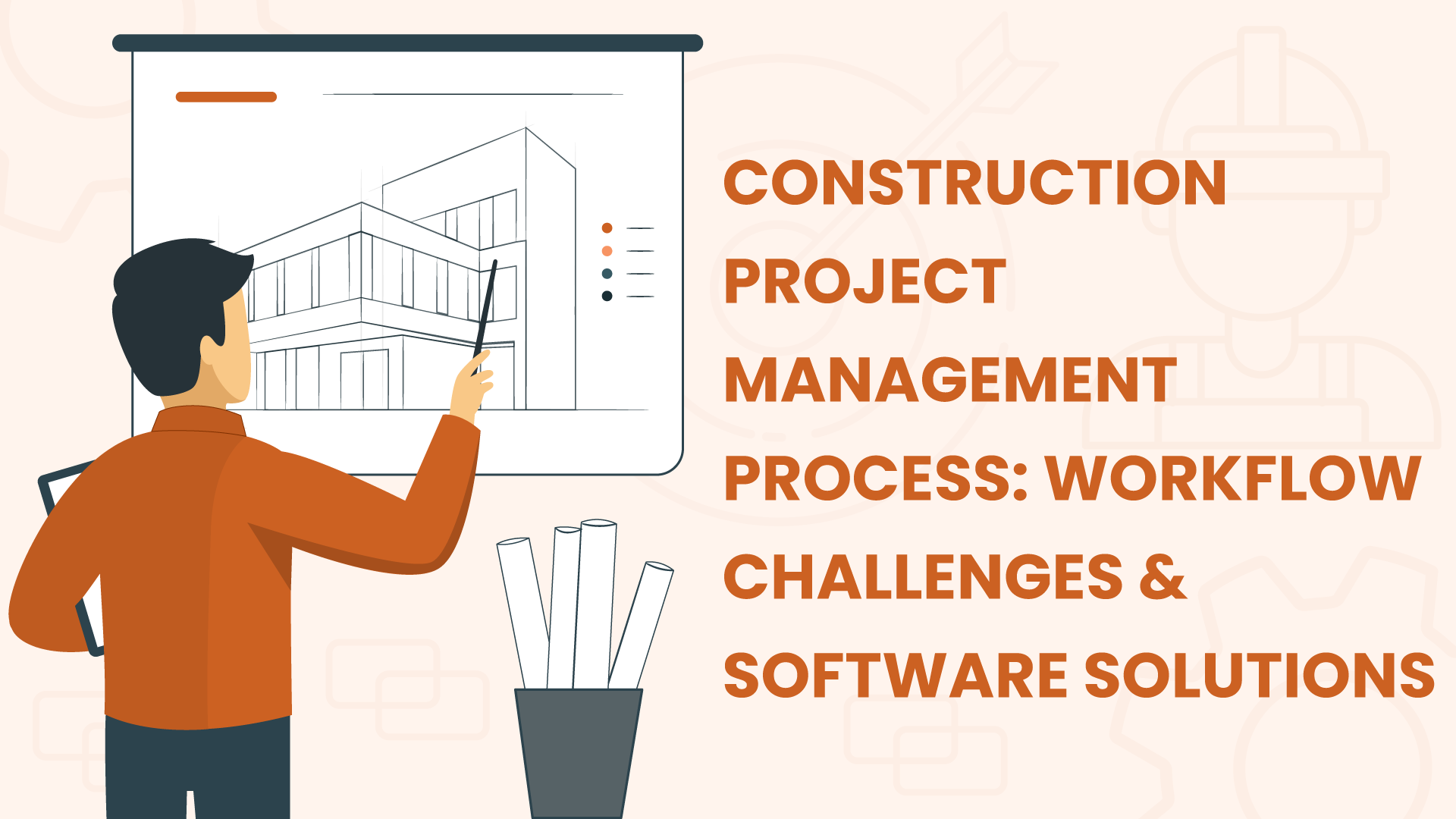Blog
The Ultimate Guide to Project Plan Templates

In project management, having a clear and structured plan can mean the difference between success and failure. Without a proper roadmap, teams can easily lose sight of deadlines, resources can be misallocated, and crucial steps can be missed. This is where project plan templates become invaluable. They help project managers save time, improve consistency, and maintain clarity throughout the project lifecycle.
This guide explores the importance of project plan templates, how to choose the right one, and the best practices for implementing them effectively.
What is a Project Plan Template?
A project plan template is a pre-designed format that helps project managers outline the essential components of a project plan. They act as a structured roadmap for planning, executing, and tracking projects. Unlike a simple task list, they include critical elements such as timelines, budgets, resources, and risk management strategies, giving project managers a comprehensive framework to follow. This approach not only enhances organization but also ensures that every aspect of a project is accounted for, leading to greater consistency and improved project outcomes.
Benefits of Using Project Plan Templates
Project plan templates offer significant advantages that simplify the planning process and improve project outcomes. Here’s why they are essential:

Time Savings: Templates provide a ready-made structure that eliminates the need to create a plan from scratch. This allows teams to quickly get started and focus more on executing the project rather than spending excessive time on setup.

Consistency: With a standardized format, every project follows a uniform structure, reducing the risk of missing critical details and ensuring that all project elements are documented.

Enhanced Communication: A clear, organized template makes it easier to present project plans, ensuring that stakeholders and team members understand the project’s scope, timeline, and deliverables.

Streamlined Process: By offering a structured roadmap, templates guide project managers through each step of the planning phase. This ensures that even complex projects are set up efficiently, reducing the initial effort and helping teams adhere to proven best practices.

Use Cases: Particularly beneficial for large teams, cross-functional projects, and startups looking to establish a consistent planning process that aligns with organizational standards.
Key Components of a Good Project Management Plan Template
A well-crafted project management plan template should encompass all critical elements that contribute to the seamless execution of a project. Here are the key components to include:
- Project Overview: Provides a clear definition of the project’s goals, objectives, and scope, setting a foundation for the entire plan.
- Timeline and Milestones: Breaks the project into distinct phases with specific deadlines, ensuring that progress can be tracked and managed effectively.
- Budget and Resource Allocation: Outlines the financial resources and human capital assigned to each phase, helping teams stay within budget and optimize resource use.
- Roles and Responsibilities: Clarifies who is responsible for specific tasks and deliverables, enhancing accountability and preventing overlap or confusion.
- Risk Management Plan: Identifies potential risks and outlines strategies for mitigating them, ensuring proactive responses to challenges.
- Communication Plan: Details how project updates, progress reports, and important information will be communicated among team members and stakeholders, fostering transparency and collaboration.
Including these elements in a project management plan template helps ensure that projects run smoothly, team members understand their responsibilities, and stakeholders are kept informed at every stage.
Types of Project Plan Templates
Choosing the right project plan template depends on the complexity of your project and the specific needs of your team. Selecting the right template ensures that your planning aligns seamlessly with your team’s workflow and project requirements, fostering efficiency and thorough preparation from the start. Here’s an overview of common types to help guide your decision:

Basic Project Plan Template
Ideal for smaller or simpler projects, this type provides a streamlined overview that focuses on essential tasks and timelines without excessive detail.

Detailed Project Management Plan Template
Best suited for complex projects involving multiple phases, numerous tasks, and larger teams. These templates include comprehensive sections for timelines, resources, risk management, and communication strategies.

Industry-Specific Templates
Tailored to meet the unique requirements of certain sectors, such as IT, construction, and marketing. These templates incorporate specialized fields and considerations relevant to their industries.

PMI-Based Project Plan Template
Developed in line with the Project Management Institute (PMI) guidelines, these templates adhere to industry standards, covering areas such as integration, scope, time, cost, quality, and risk management. They are ideal for organizations prioritizing structured methodologies and compliance with global standards.

Stage Gate Project Plan Template
Ideal for projects involving product development or phased decision-making processes, this template aligns with the Stage Gate process. It breaks the project into defined stages with “gates” for evaluation and decision-making, ensuring systematic progress and effective resource allocation.

Agile Project Plan Template
Designed for teams that operate in iterative sprints and require adaptability. This type supports incremental development, quick feedback loops, and frequent updates, aligning with Agile methodology principles.
How to Choose the Right Project Plan Template for Your Needs
Selecting the best project plan template for your project requires a clear understanding of your project’s complexity, team expertise, and specific requirements. Whether you’re looking for a free project management plan template or a more detailed, premium option, here’s what to consider:
- Assess Project Complexity: For straightforward projects, a basic or free project plan template may be sufficient. However, if your project involves multiple phases and tasks, a detailed template with comprehensive sections will better suit your needs.
- Align with Team Expertise: Choose a template that matches your team’s familiarity with project management. Teams with less experience may benefit from templates that provide clear instructions and a simplified format, while more experienced teams can leverage complex templates with customizable elements.
- Customization and Flexibility: Ensure that the template you select can be tailored to meet the unique aspects of your project. The best ones offer flexibility that allows you to adjust timelines, resources, and communication plans to fit evolving project requirements.
- Integration with Tools: Consider templates that work seamlessly with your existing project management software. Templates that can integrate smoothly into your current digital workspace help maintain efficiency and prevent data silos.
- Budget Considerations: While free project plan templates are great for getting started, more robust, premium options may offer features that add significant value for complex projects.
Best Practices for Implementation
To maximize the benefits of using a project plan template, it’s essential to follow some best practices that ensure the template supports your project effectively and drives successful outcomes. Here’s how to implement and manage your templates for optimal results:
- Customize to Fit Your Project: A template serves as a starting point, but adapting it to match the unique aspects of your project is crucial. Tailor elements like timelines, task details, and resource allocations to reflect your specific project needs and objectives.
- Maintain Regular Updates: Projects often evolve over time, and your project plan template should reflect those changes. Regularly updating the plan helps keep it accurate and aligned with current project status, ensuring that any shifts in scope, budget, or timelines are accounted for.
- Train Your Team: A template is only as effective as the team using it. Ensure that team members understand how to navigate the template, update relevant sections, and contribute to its maintenance. Training sessions or quick walkthroughs can improve team proficiency and consistency.
- Ensure Alignment with Project Goals: The template should act as a guide that keeps the project on track. Regularly review the template to verify that it aligns with the overall goals of the project and facilitates progress toward key milestones.
- Gather Team Feedback: Implementing feedback loops can help identify areas where the template might be improved for future projects. Encourage team members to share their experiences and suggest enhancements to make the template more user-friendly and effective.

Common Mistakes to Avoid
Ensure your project plan template is as effective as possible by avoiding these common mistakes:
- Overcomplicating the Template: Make sure the template is comprehensive yet simple enough to be user-friendly.
- Failing to Customize: Adapt the template to include specific details relevant to your project to avoid missing important aspects.
- Ignoring Team Input: Gather feedback from your team to ensure the template suits everyone’s needs and workflows.
- Neglecting Updates: Regularly update the template to keep it useful and relevant throughout the project lifecycle.
Project Plan Template Tools
The right tools for project plan templates can transform how teams approach project planning and execution. These tools simplify complex workflows, improve collaboration, and ensure that project plans are both organized and accessible. Whether your project requires a simple template for a small initiative or a detailed plan for a multi-phase endeavor, selecting the right tool is crucial for achieving efficiency and clarity.
Modern project management tools offer a variety of features to support teams, from visual planning interfaces and customizable templates to robust tracking capabilities. Many tools also integrate seamlessly with existing workflows, allowing teams to centralize their project management efforts and ensure consistency across projects. Key features often include real-time updates, template customization options, and collaborative features designed to keep teams aligned.
For instance, Cerri Project stands out as a versatile solution with its customizable project plan templates tailored to meet the needs of various industries and project types. Its PPM software combines intuitive planning tools with features that enhance collaboration, streamline workflows, and adapt to specific team requirements.
By leveraging tools like these, organizations can create project plans that not only align with their goals but also foster productivity and effective resource allocation, regardless of project complexity.
Conclusion
Incorporating a project plan template into your workflow can significantly streamline your project management process and boost the chances of project success. By selecting the right template tailored to your project’s needs, you ensure that your plans remain comprehensive, organized, and adaptable. A well-structured template is invaluable, whether you’re leading a small project or managing a complex, multi-phase initiative, as it enhances team efficiency, supports clear communication, and keeps projects on track.
Using a project plan template as a foundational tool helps set your team up for success, ensuring that projects are executed with clarity, consistency, and confidence.







































































 Task Management
Task Management 




















 Customization
Customization
